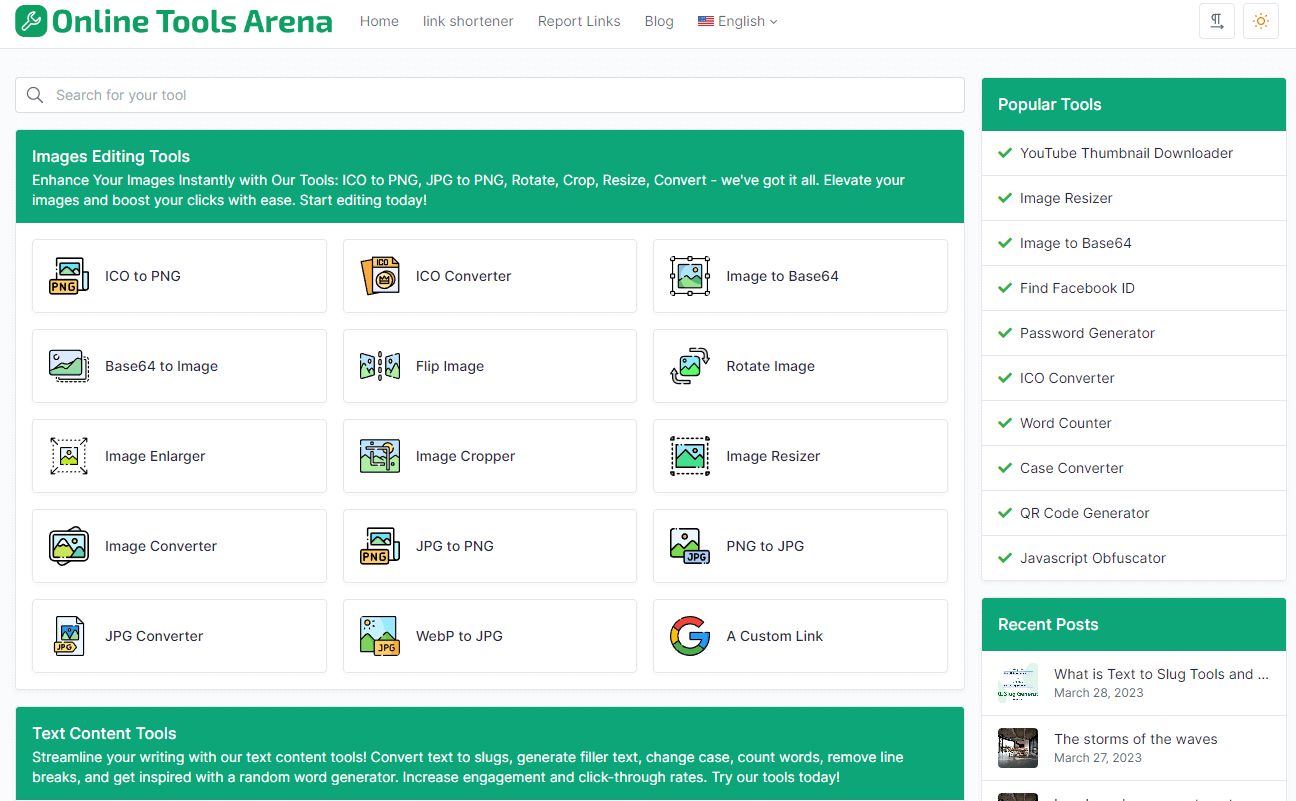
Length Converter
Your Trusted Companion for Length Conversions
OnlineToolsArena is a hub for free online converters and tools. Our platform provides a smooth and uninterrupted experience. We assure you that you can quickly and efficiently convert your documents, images, and more. No downloads, no hidden fees—just reliable, fast, and secure conversions at your fingertips. Simplify your digital tasks with our easily operated length converter. Our Length Converter is an online tool that operates in a very user-friendly manner. This tool is designed to facilitate the conversion of measurements between different units of length. you can convert any length by using this tool Every converter in OnlineToolsArena is designed to handle every task accurately and perfectly. Using our converter, you will not waste time downloading any software or dealing with any signup hassle. So feel free to convert and customize your file, documents, images, and more. Fast and secure.
Systems of Units
Metric System
The universally acclaimed metric system, or SI units,. It is measured in units such as meters, centimeters, and millimeters, where multiples of 10 are used; therefore, the handling of conversions is simple.
Imperial and US Customary Units: The system that is widely used in the United States comprises units such as inches, feet, and yards. The Imperial system, though less easy to use for the common person, is still used in some domestic applications.
Historical Units
Early units of length were typically not standardized but depended on local custom or parts of the ruler’s body. Though now largely defunct, these units illustrate an intriguing history of measurements.
Historical Perspective on Length Conversion
Evolution of Measurement Systems: Measurement as a concept has undergone significant transformation over the years. In old days, the units of length were formed according to body parts, e.g. a foot long or an inch wide. As time went on, there was a need to have a more standardized system, hence the development of metric and imperial systems.
Trade and Science: Trade and scientific exchange among nations have significantly driven the adoption of measurement systems. The basis of the metric system proposed originally in France during the 18th century was partly defined by decimal nature, that enhanced ease and accuracy in conversion processes, which led to its universal acceptance.

How to Use Our Length Converter
Follow these steps to convert length units accurately:
- Select the Units: Choose the units you want to convert from and to (e.g., meters to feet) using the drop-down menu.
- Enter the Value: Input the length value you wish to convert in the provided field.
- Click Convert: Press the "Convert" button to instantly see the converted length value in the desired units.
Cultural Implications in Length Conversion.
The United States’ Imperial System 78
The United States, however, still uses an imperial system as opposed to the rest of the world, that has now moved to a metric system. It is a choice deeply ingrained in history and culture, whereby, despite the usability of the metric system taking over, the imperial system remains relevant in people’s day-to-day life.
Globalization and the Metric System
Being that the world is more and more global, with many people working across borders, one major trend in globalization has simply been that of metrication—the growing usage of measurement systems based on tens, even in countries with very alternative traditions. This trend is evident, especially in international trade, where the use of one overhead measurement system has simplified transactions and minimized incidence of errors.
FAQs
How Do I Convert Feet to Meters?
The other method is to use the fact that one foot is almost 0.3048 meters to convert feet into meters. Any number of feet, when multiplied by 0.3048, brings out the same length in meters.
What is a light-year?
The light-year is a unit of length used by astronomers to express astronomical distances. It is the length traveled by light in one year when traveling through vacuum space, which is approximately 9.461 trillion km (5.879 trillion miles).
How many decimal places do I need to use?
The applicable decimal places that you should use is dependent on the particular application. For practical purposes, one or two decimal places are often sufficient. Nonetheless, you might have to include more decimal places when working on science or some engineering activities.











